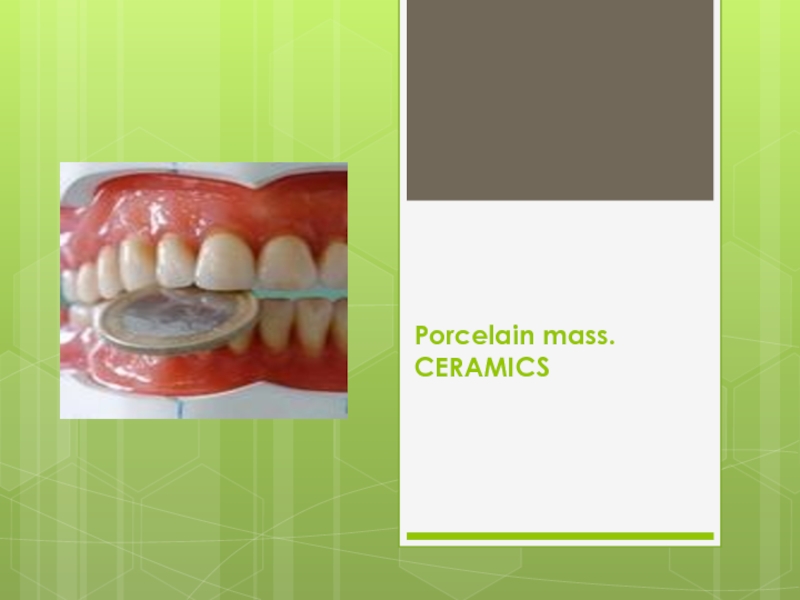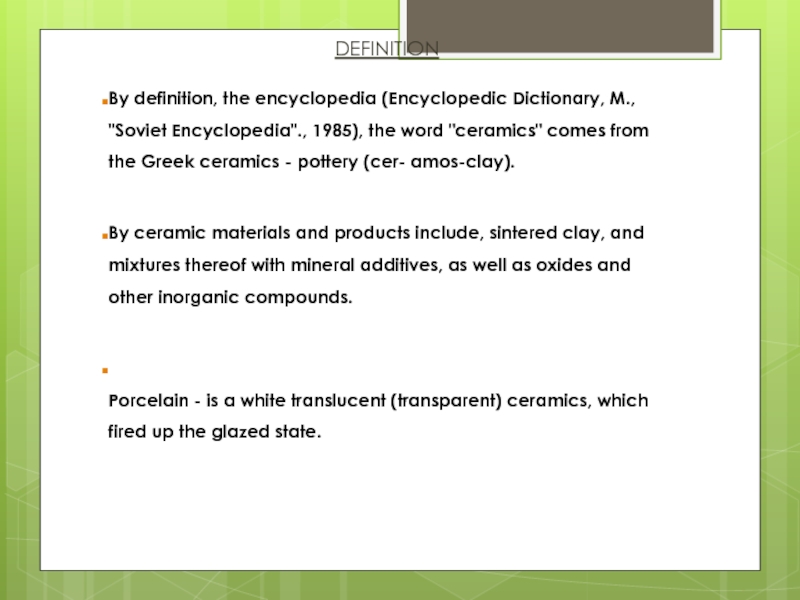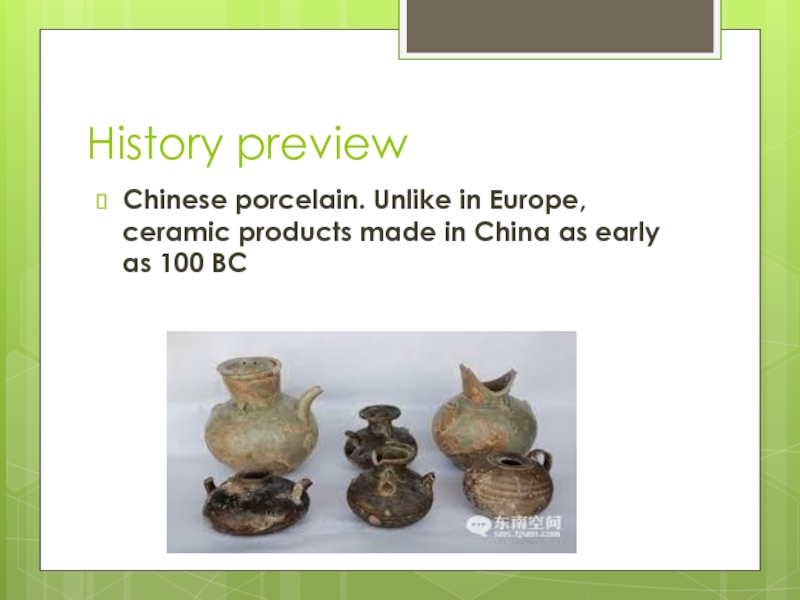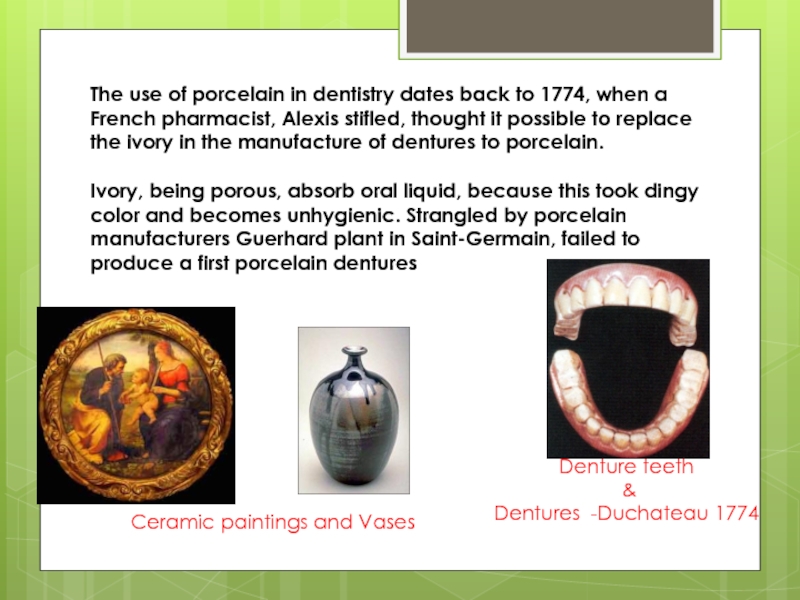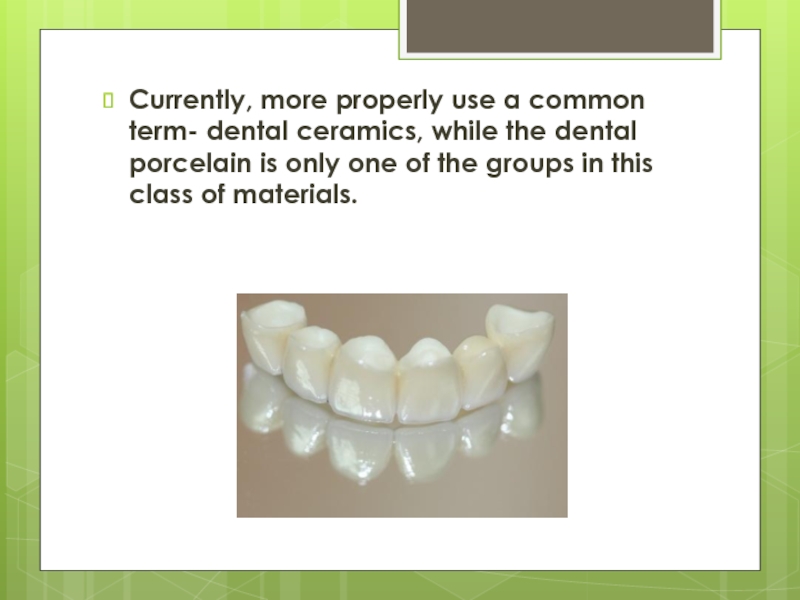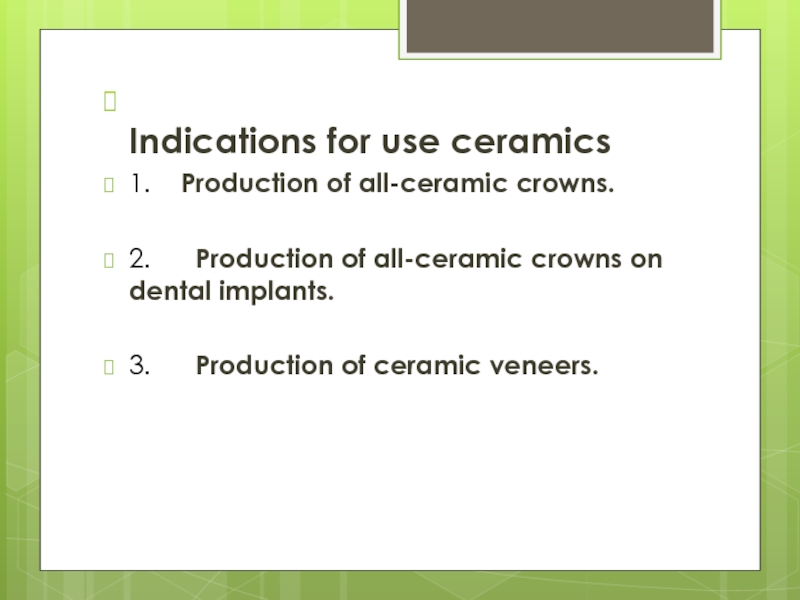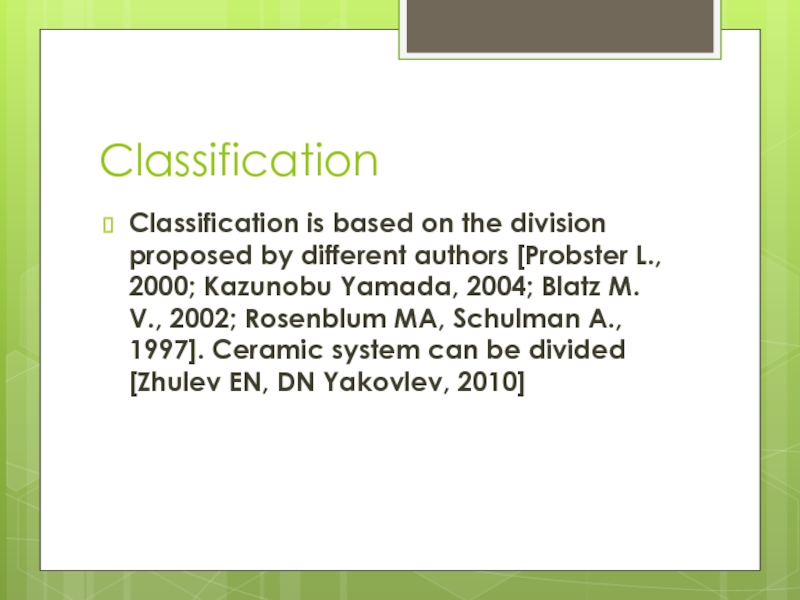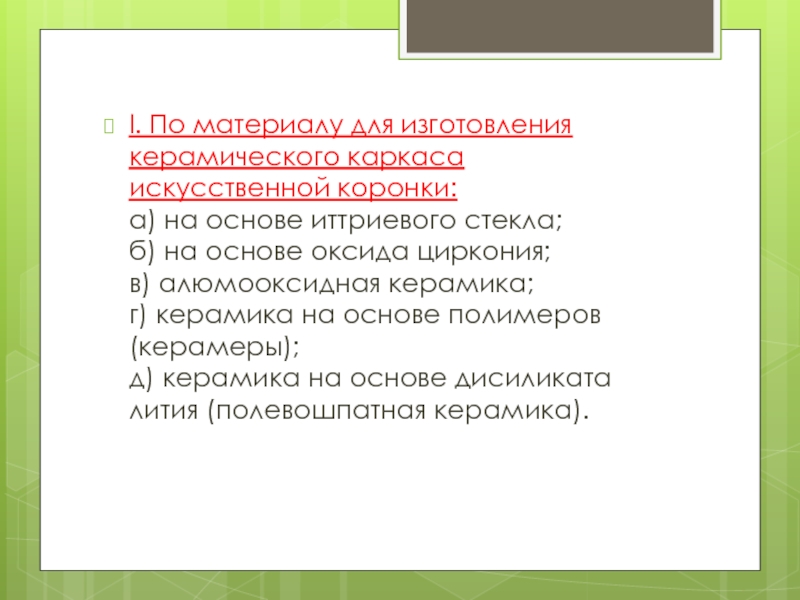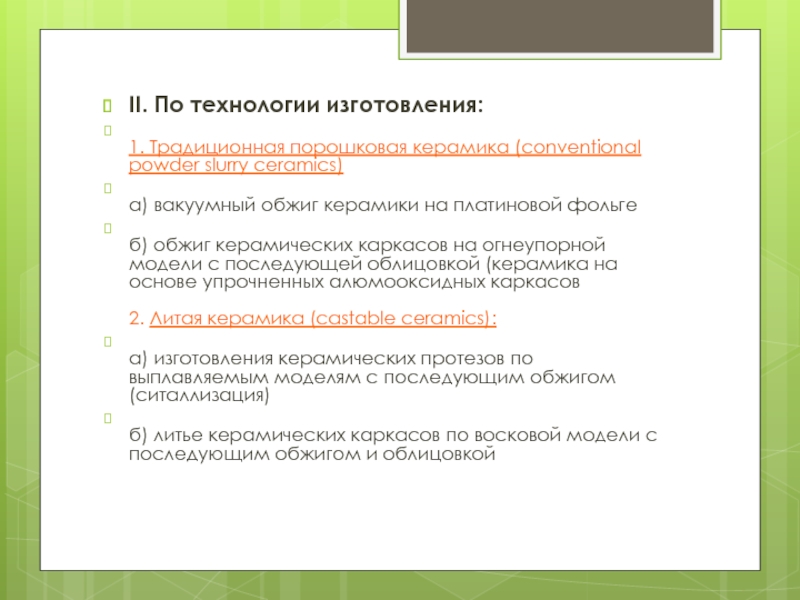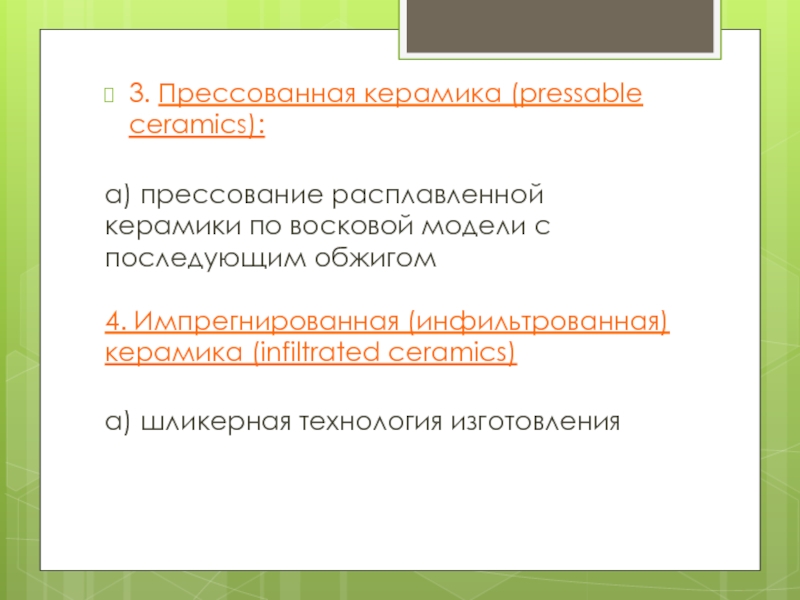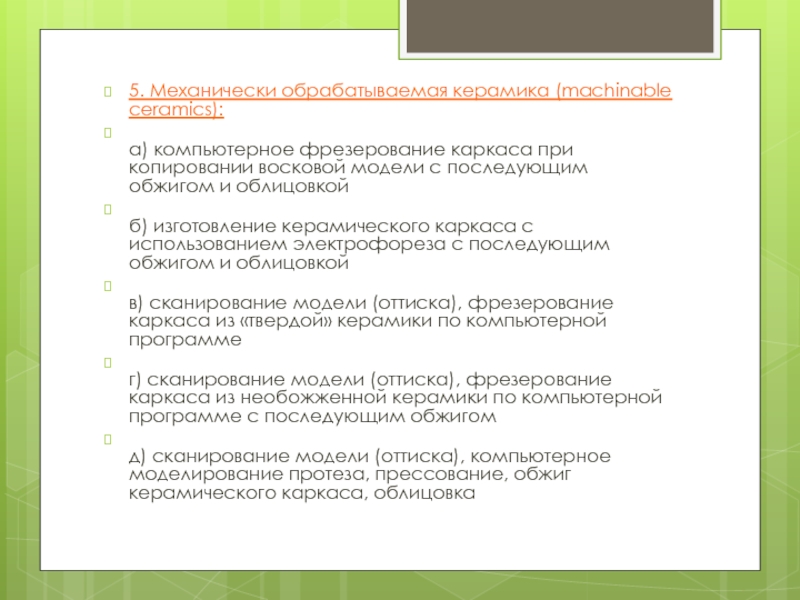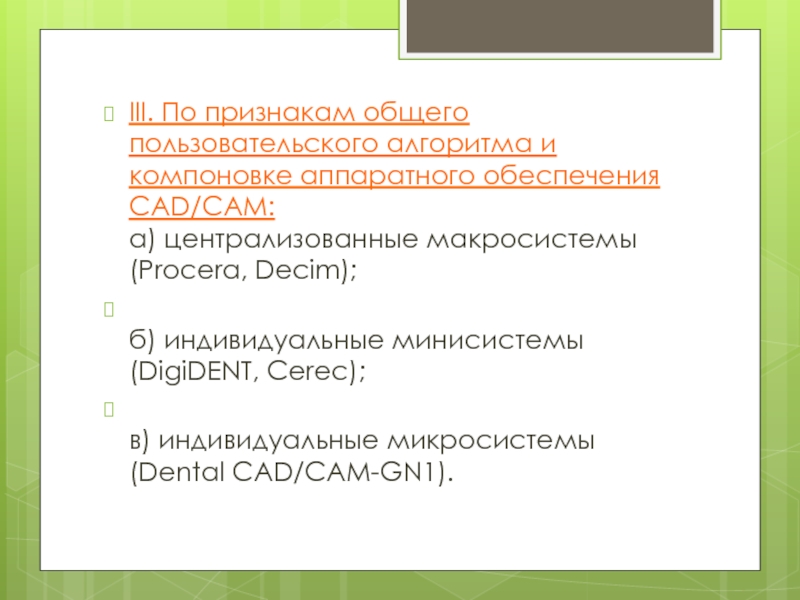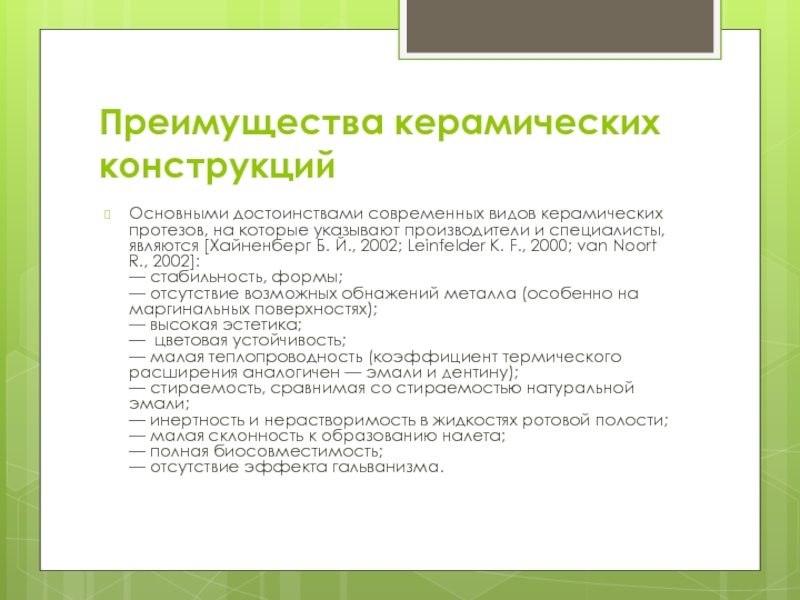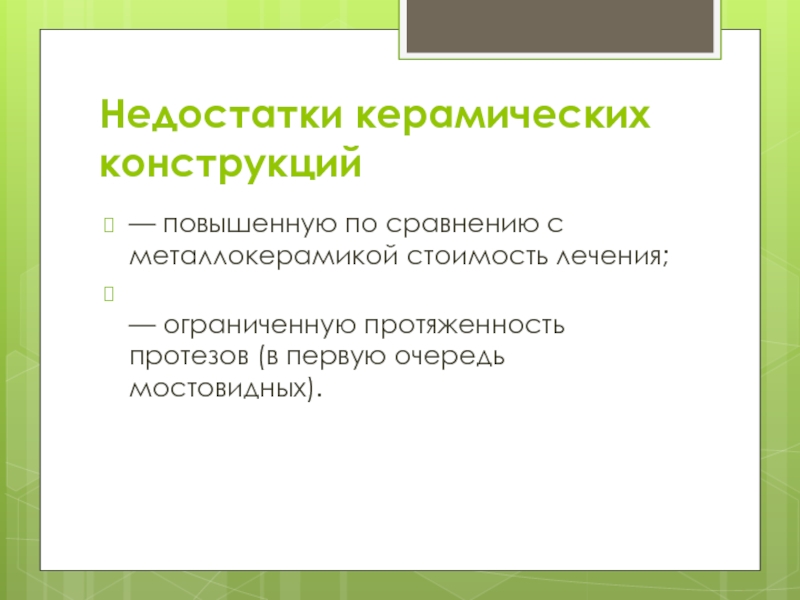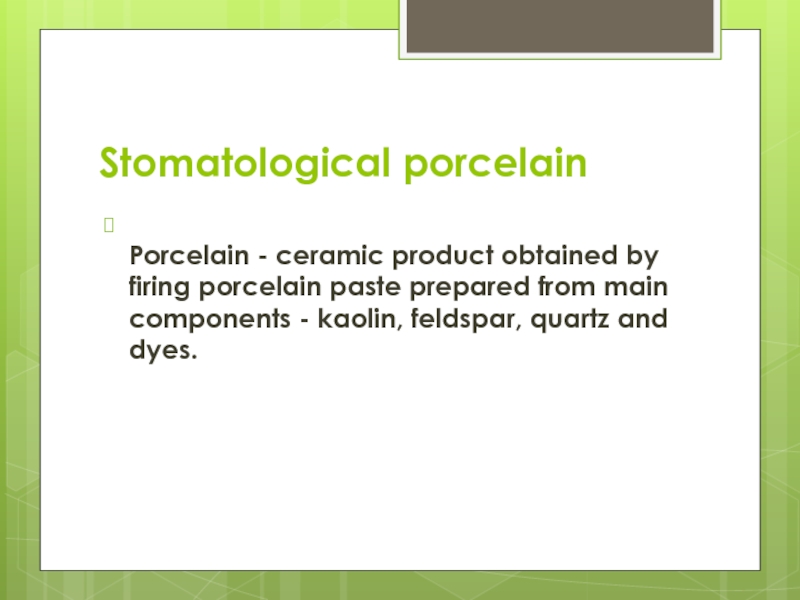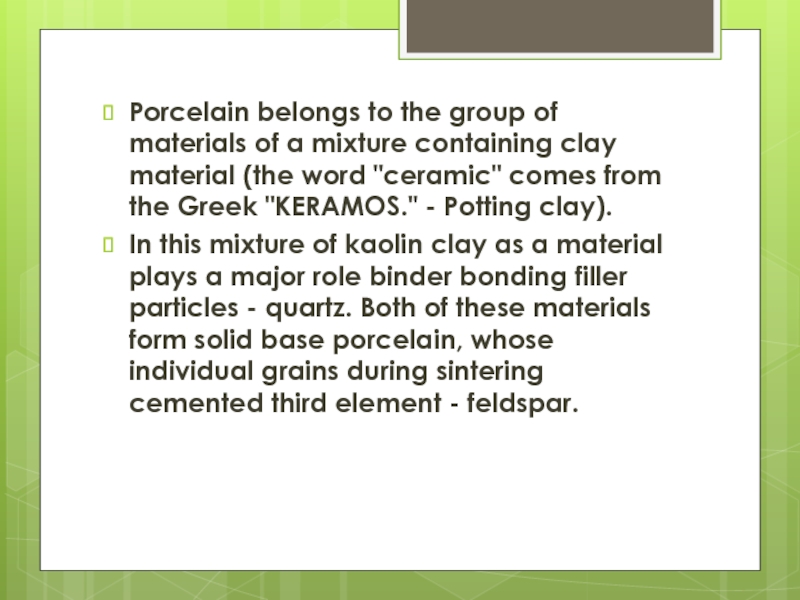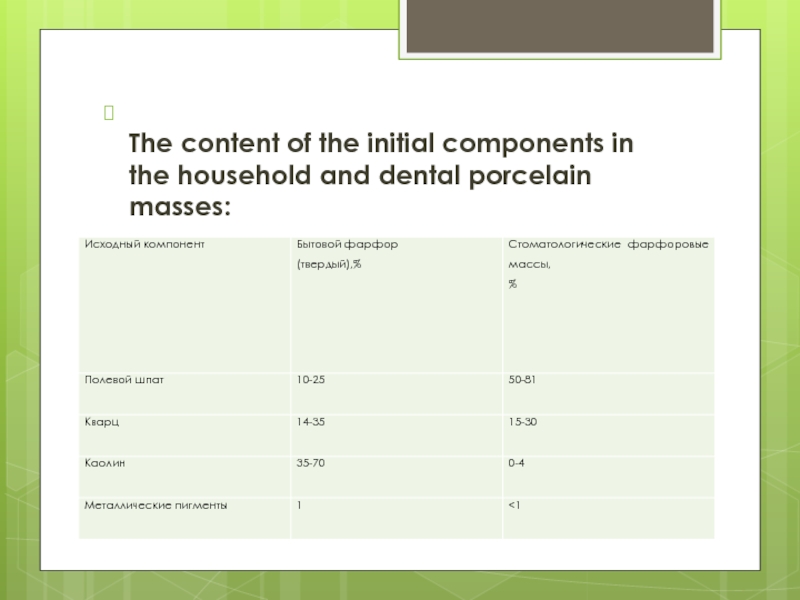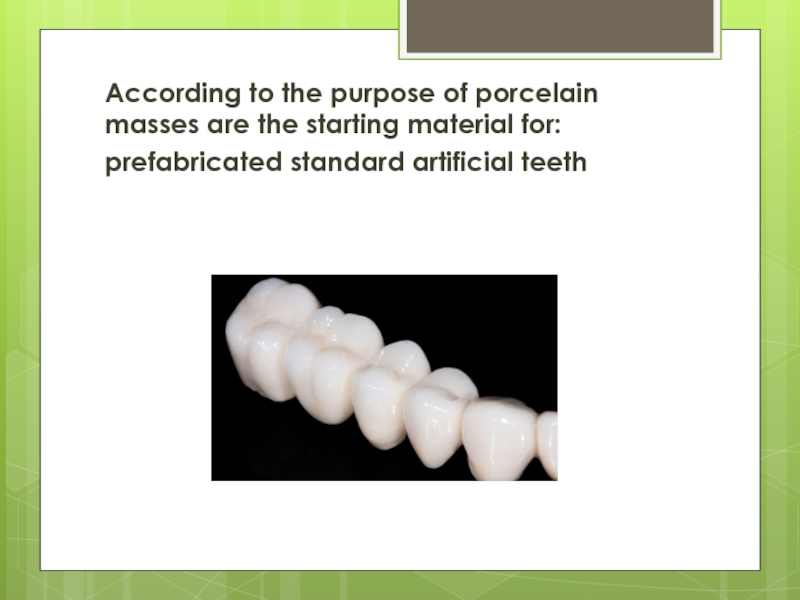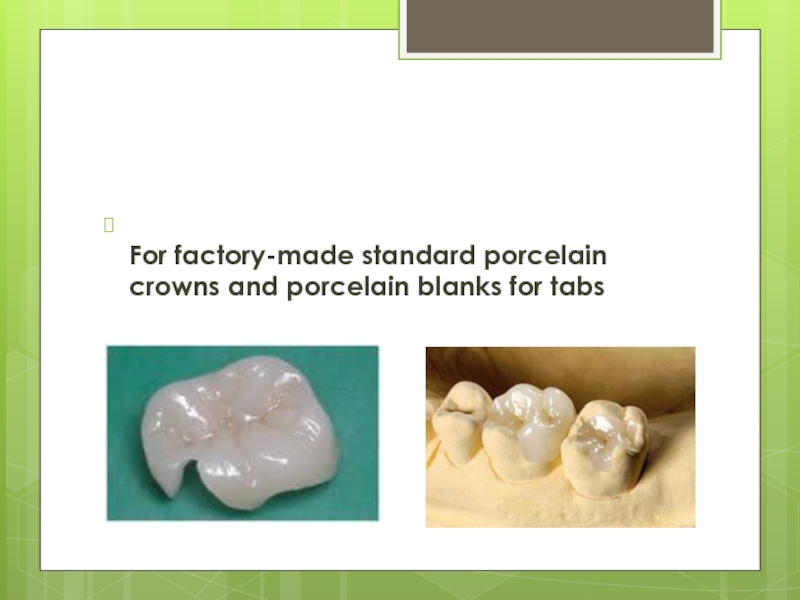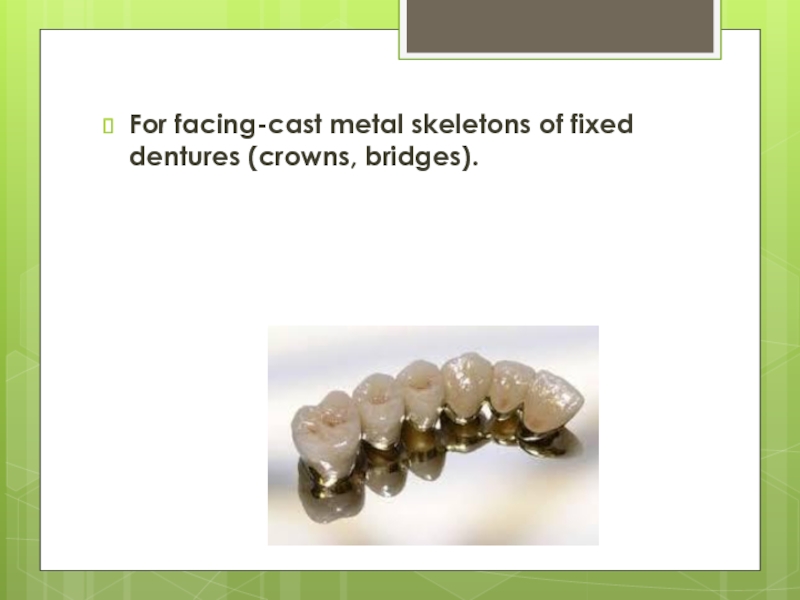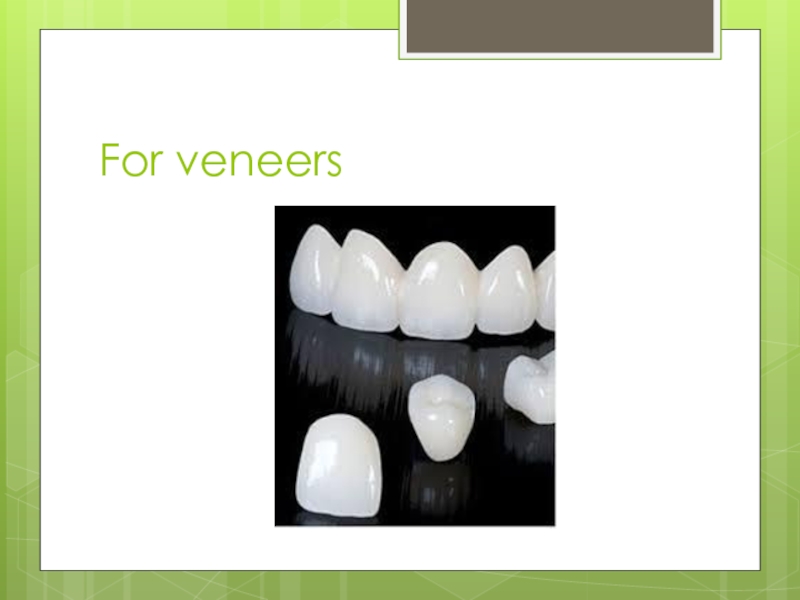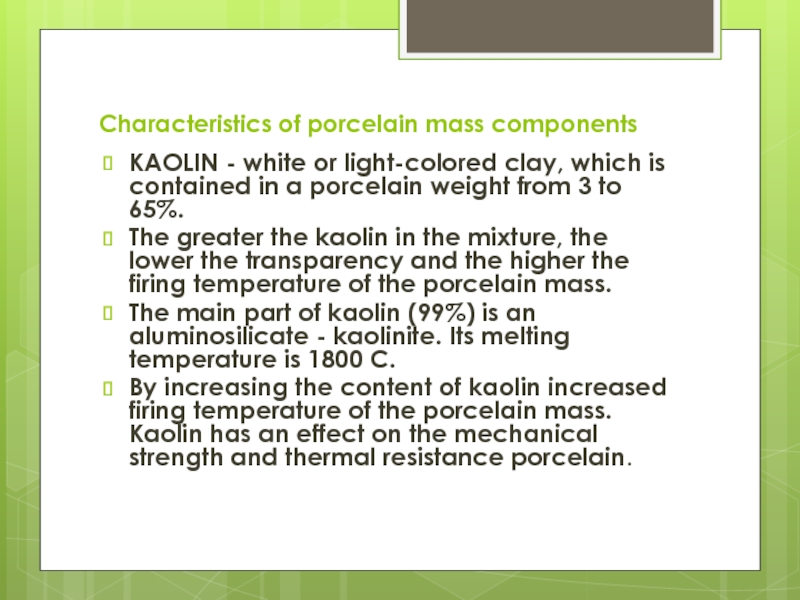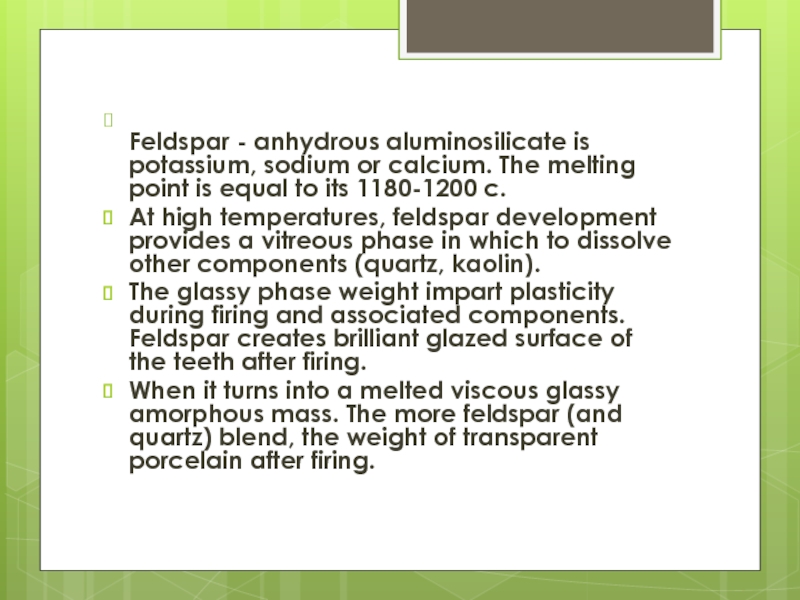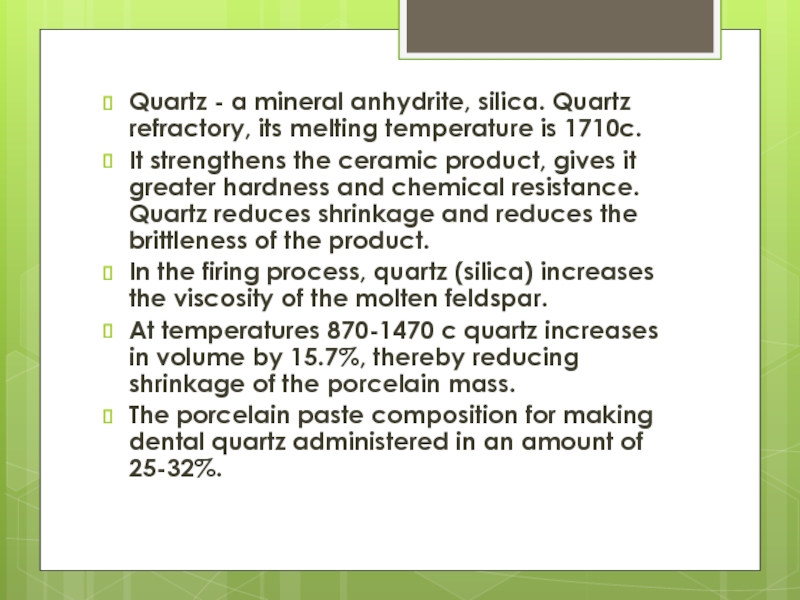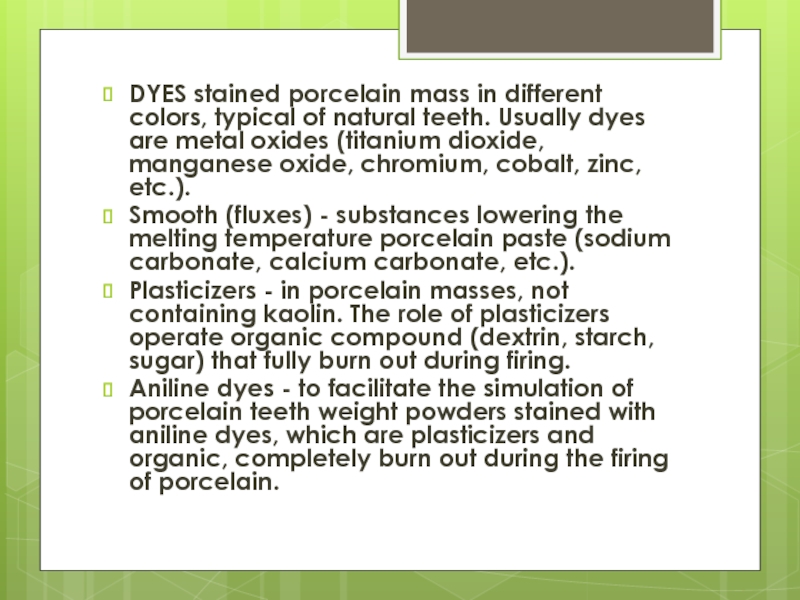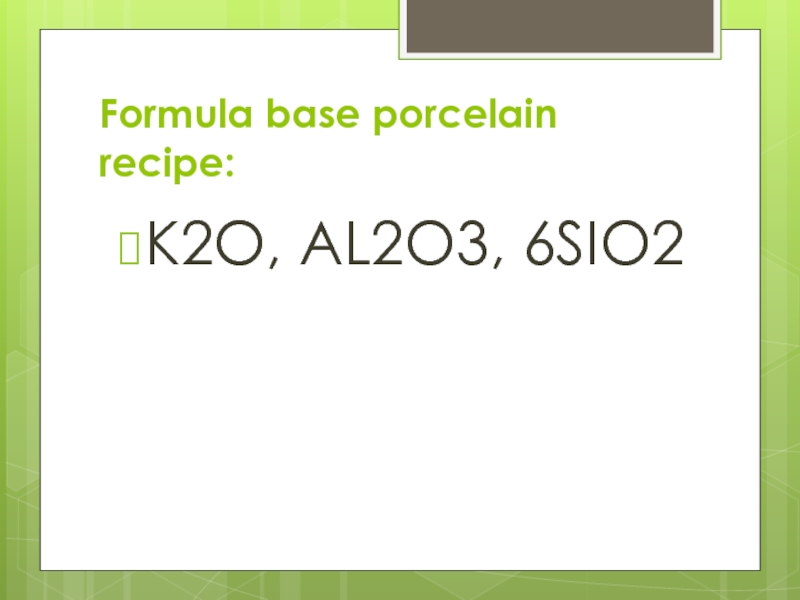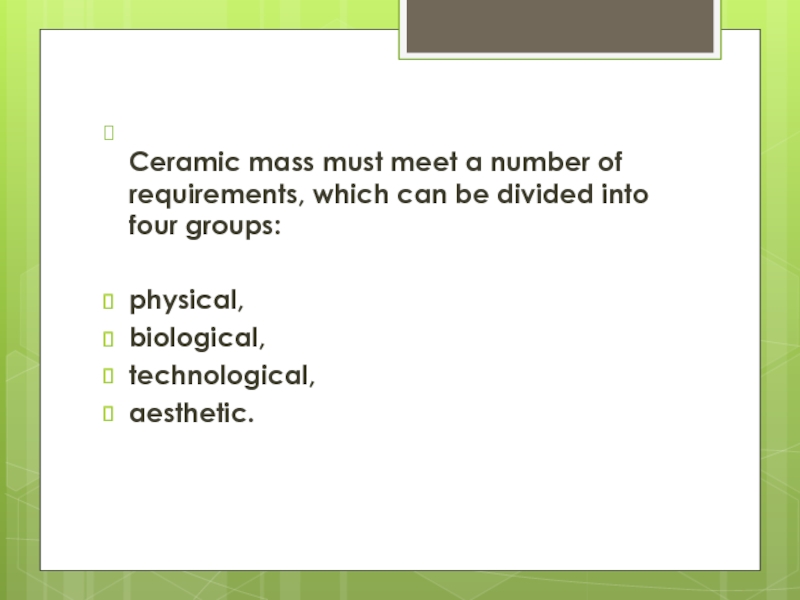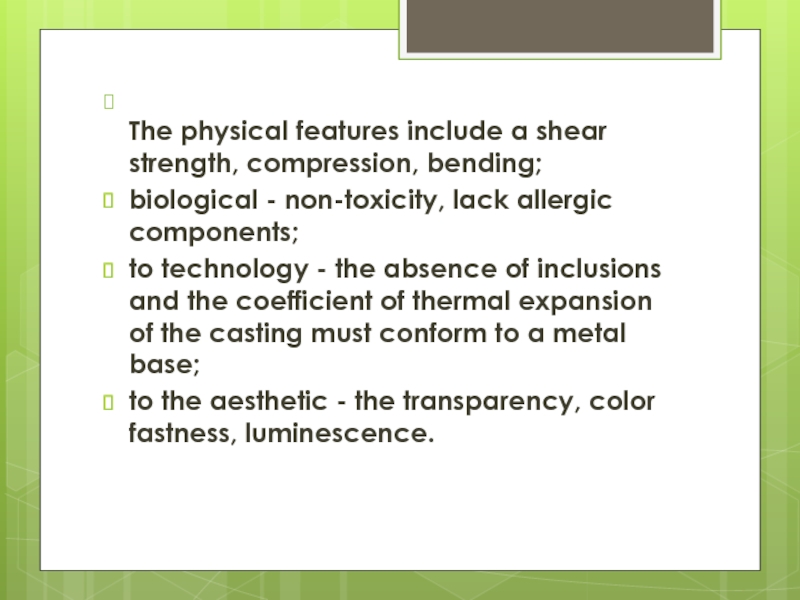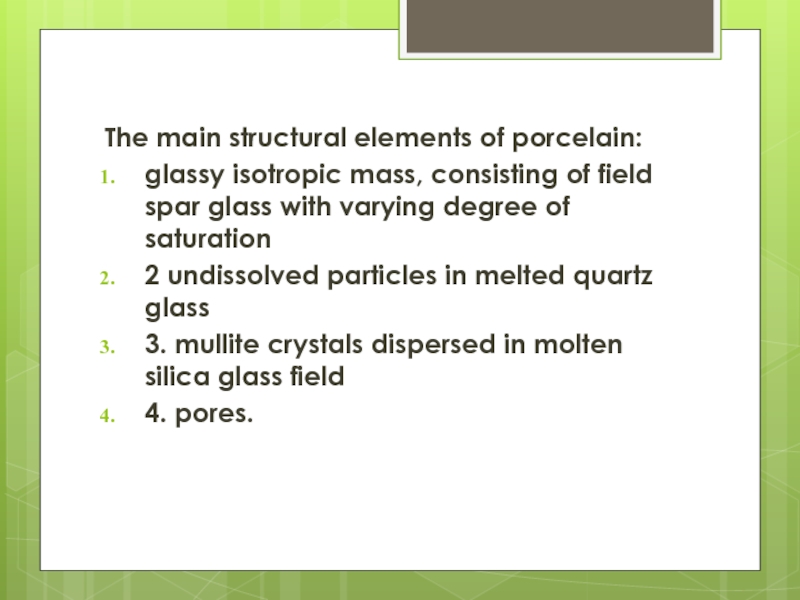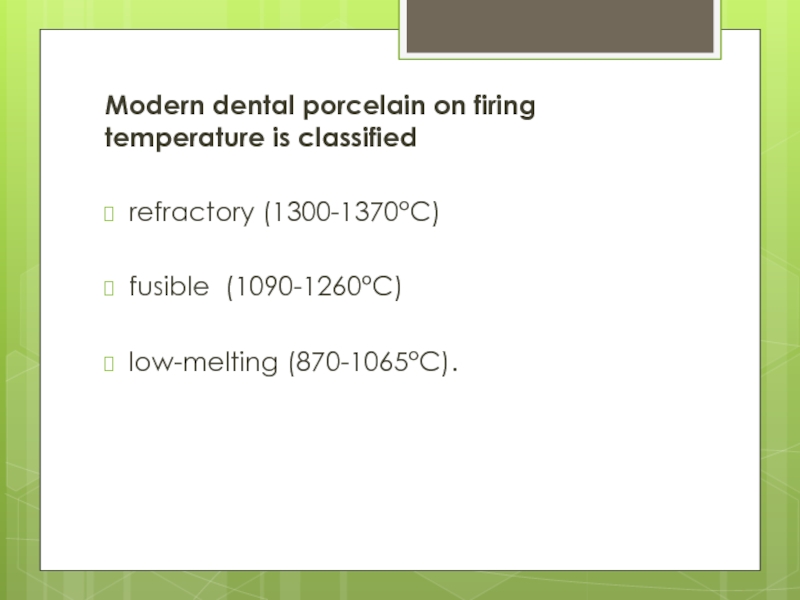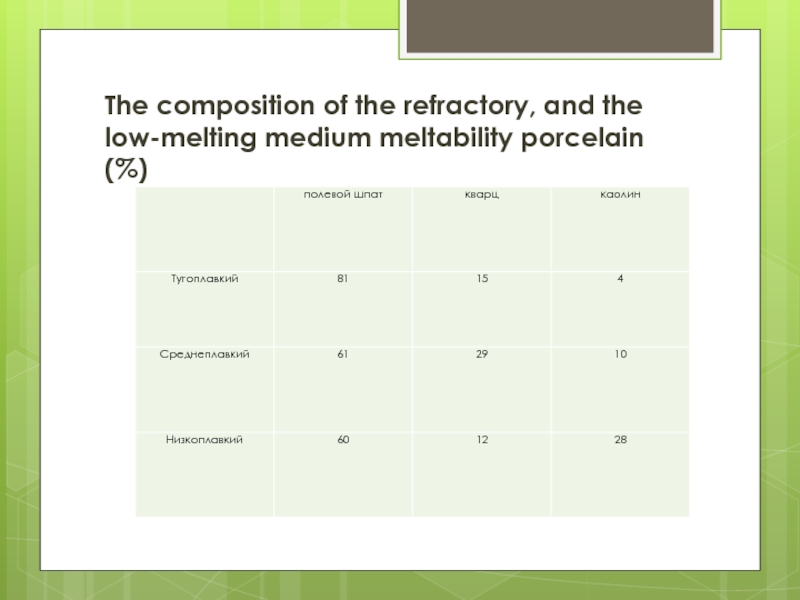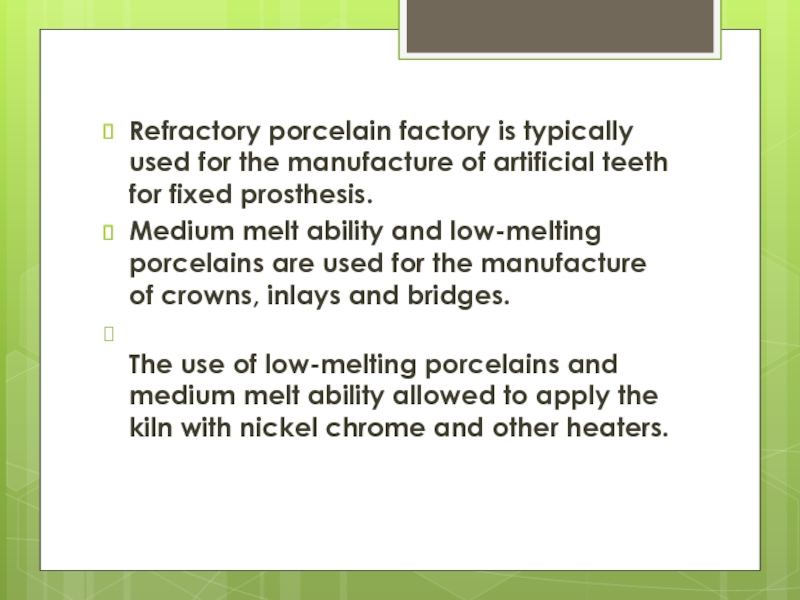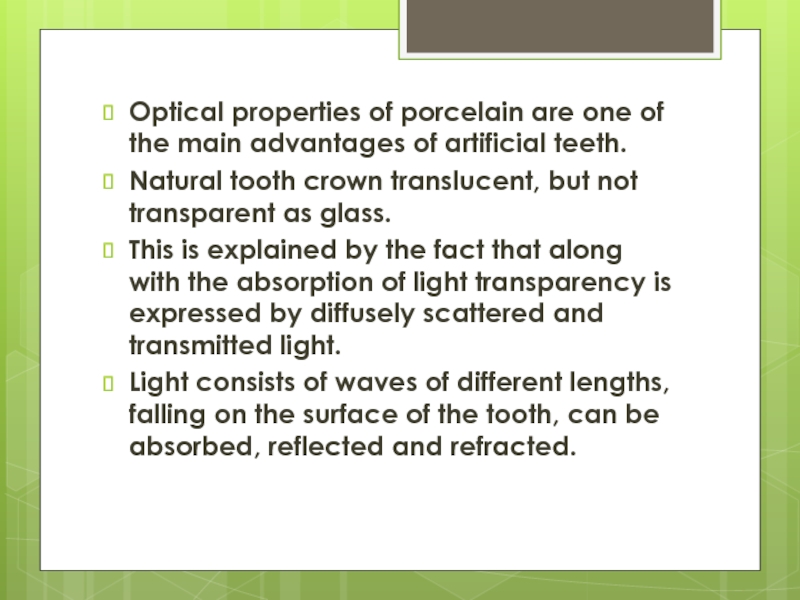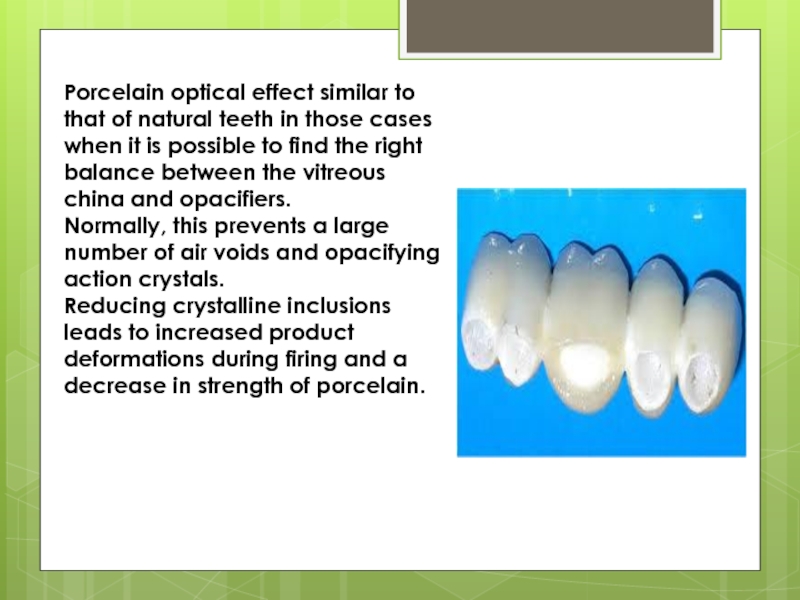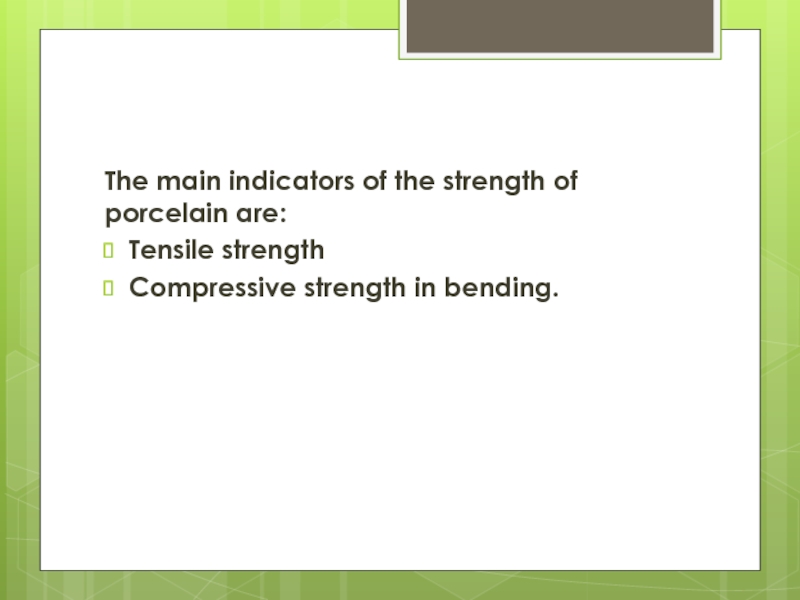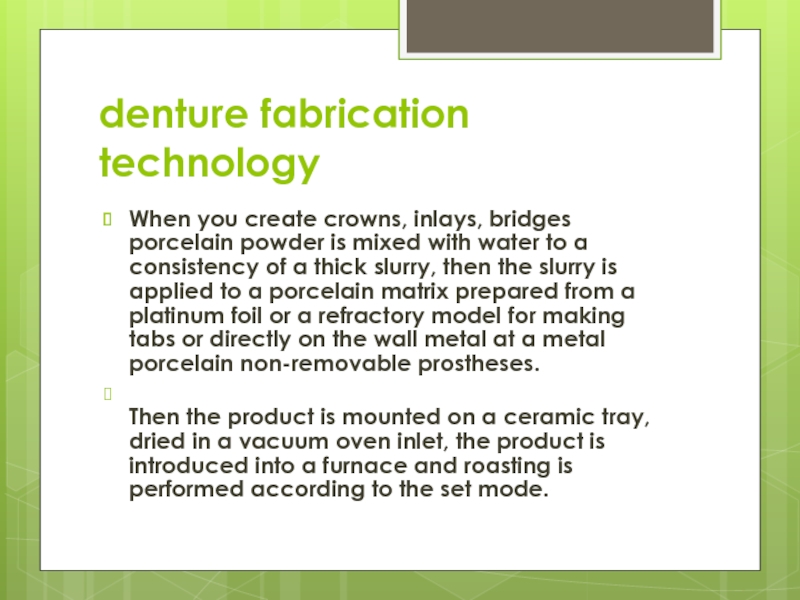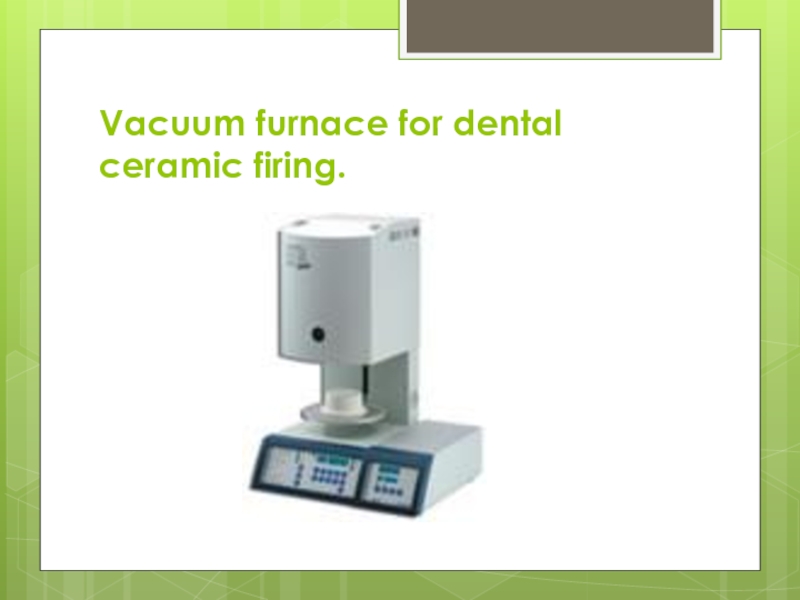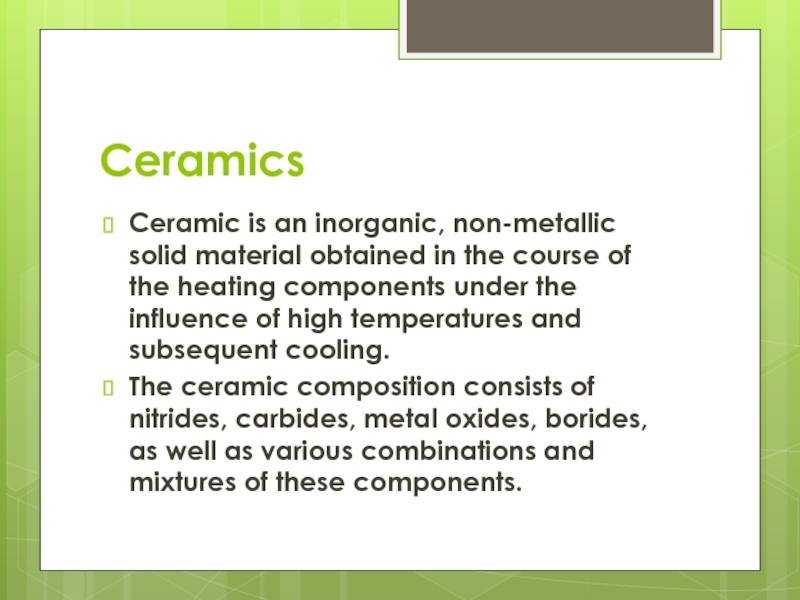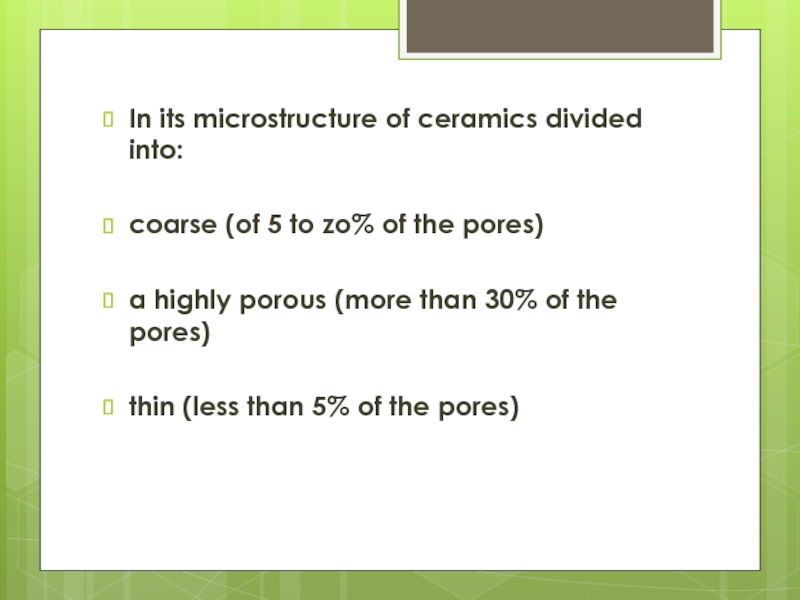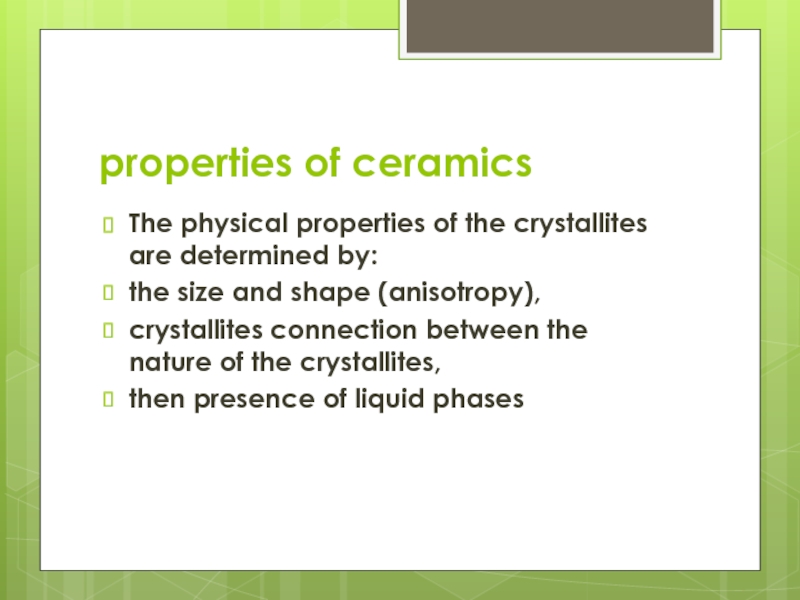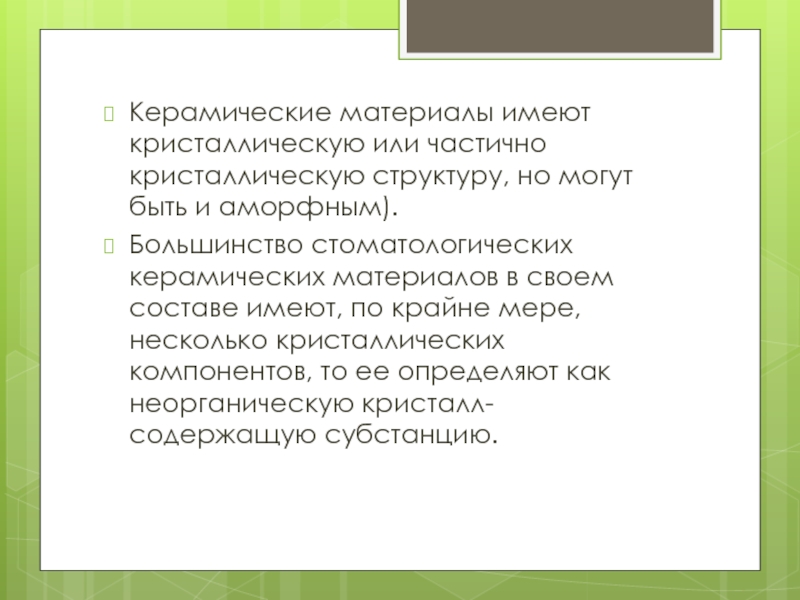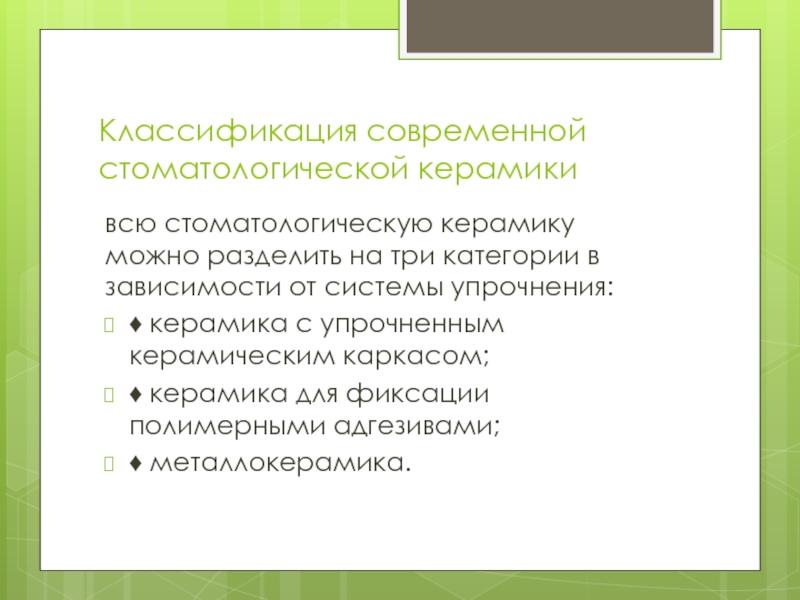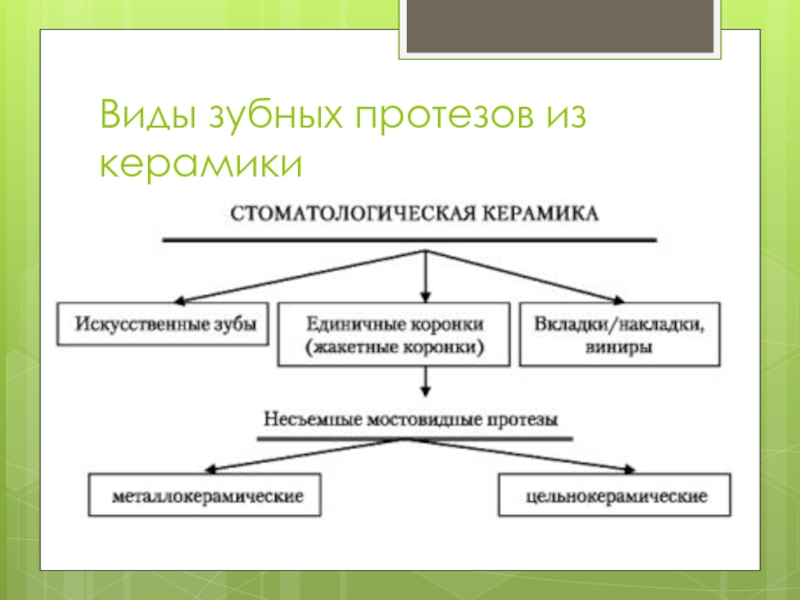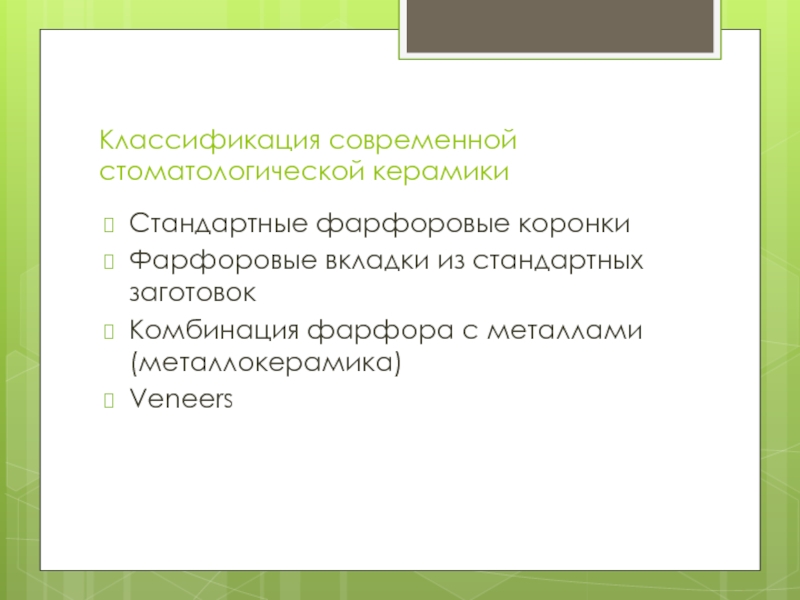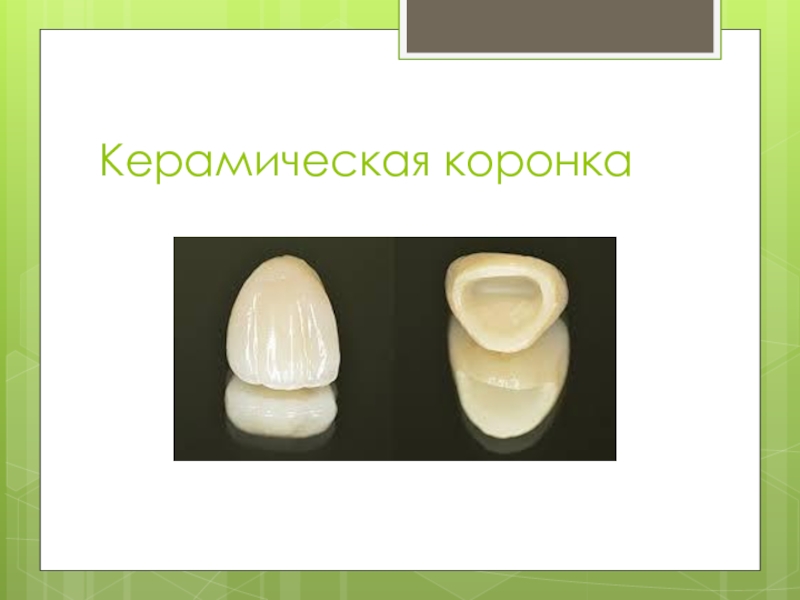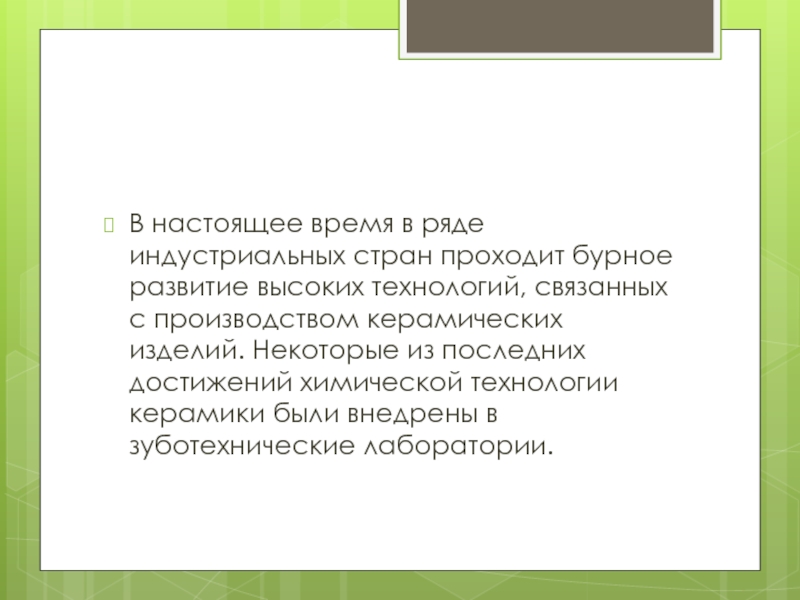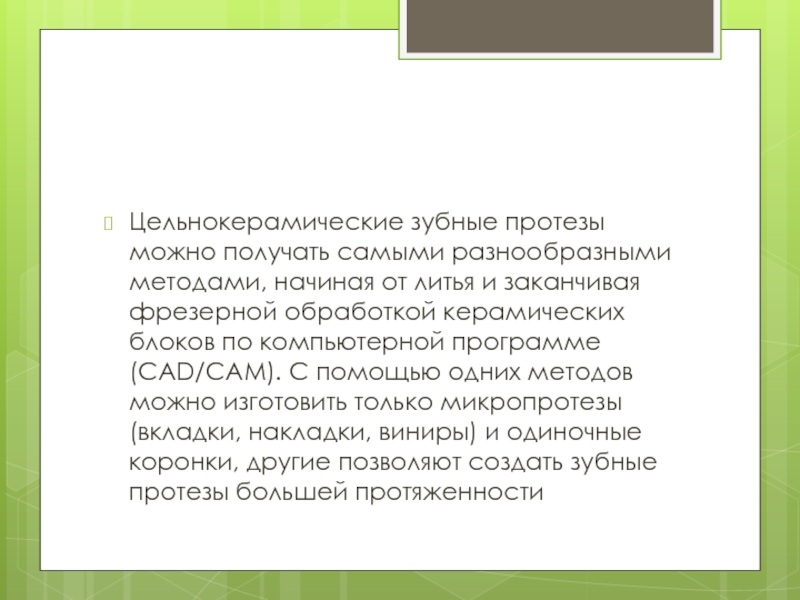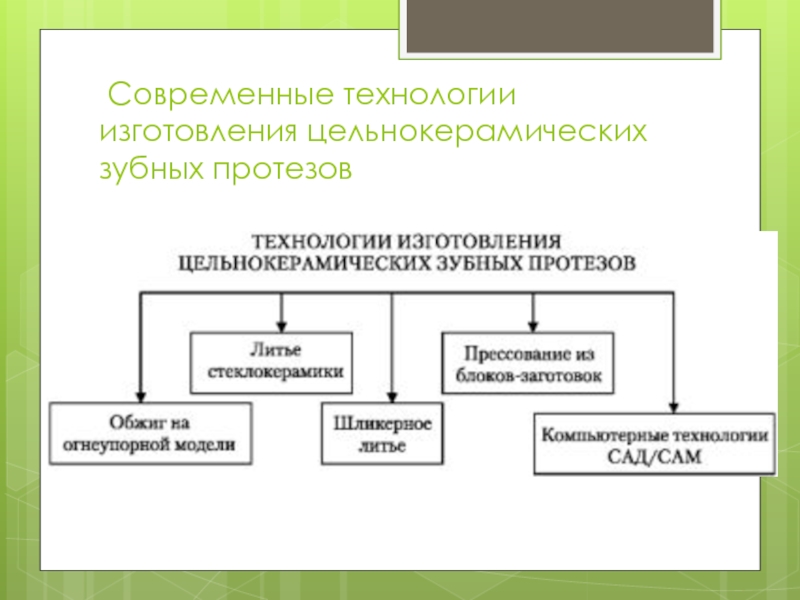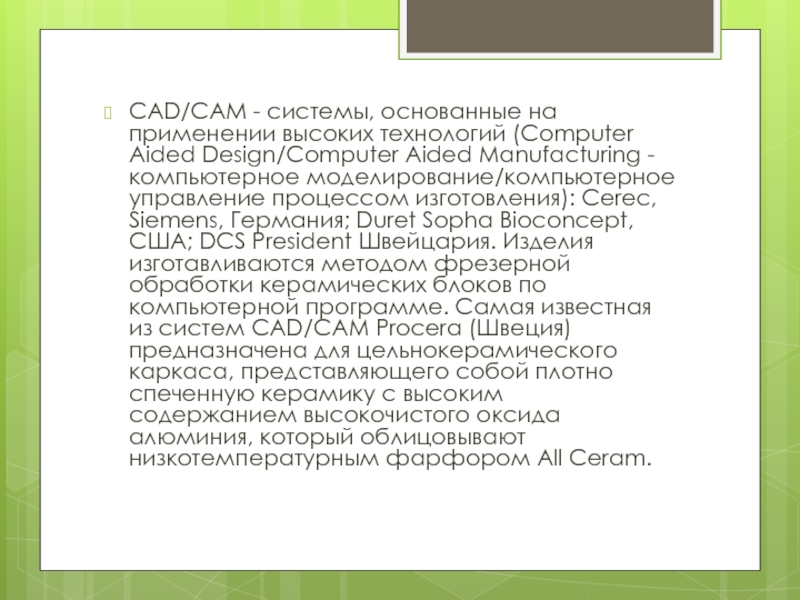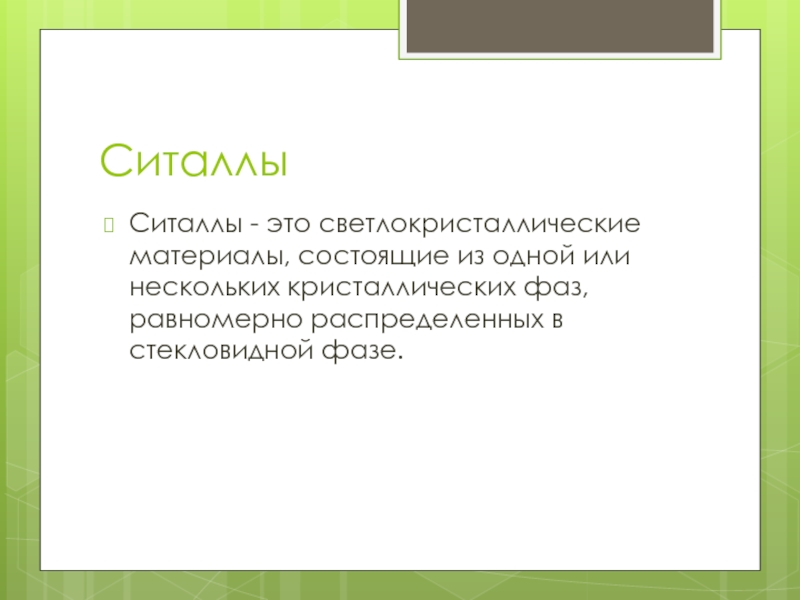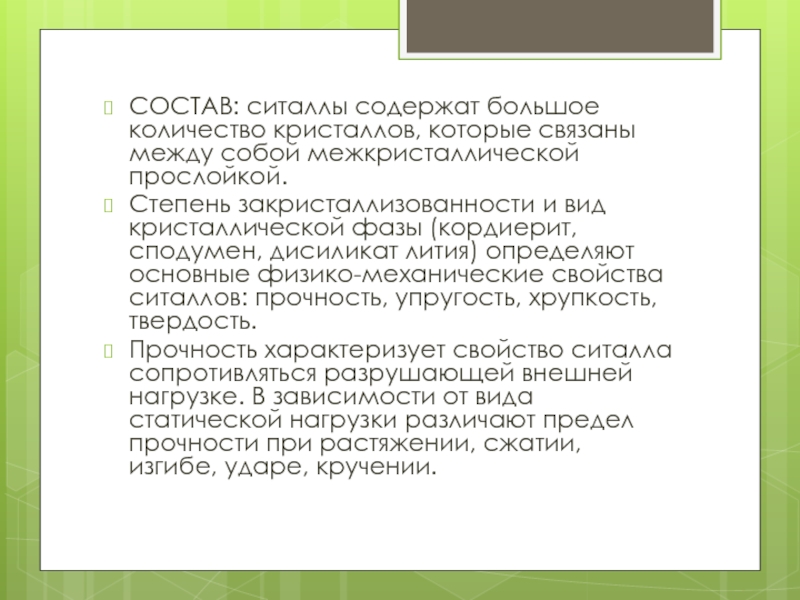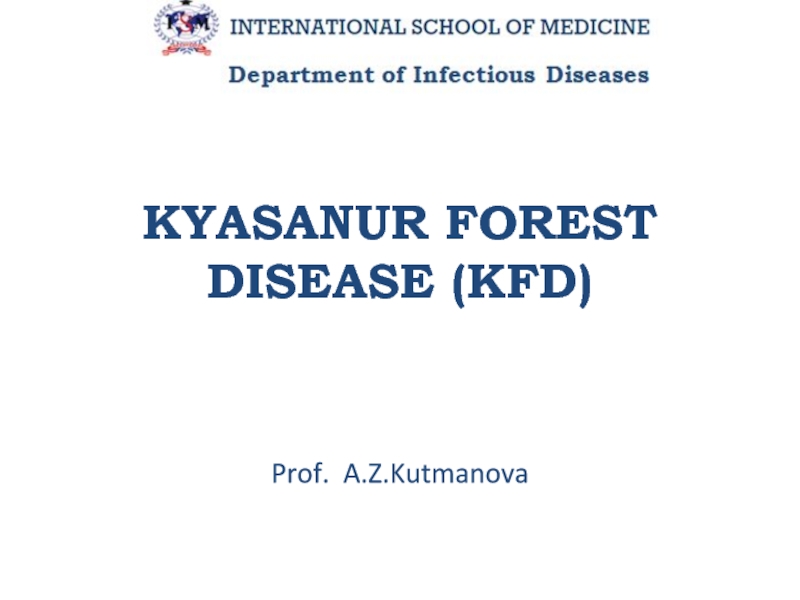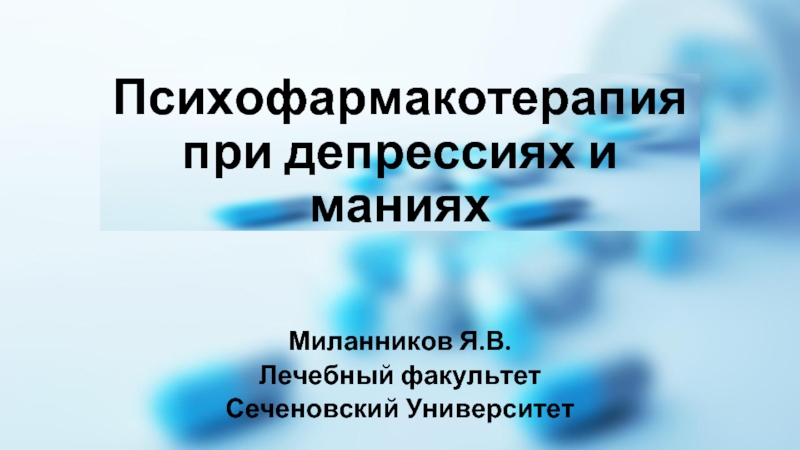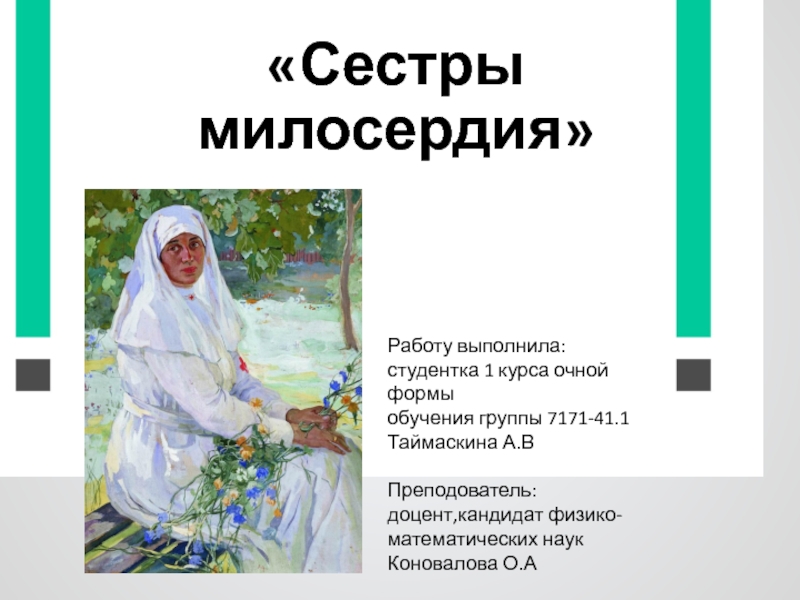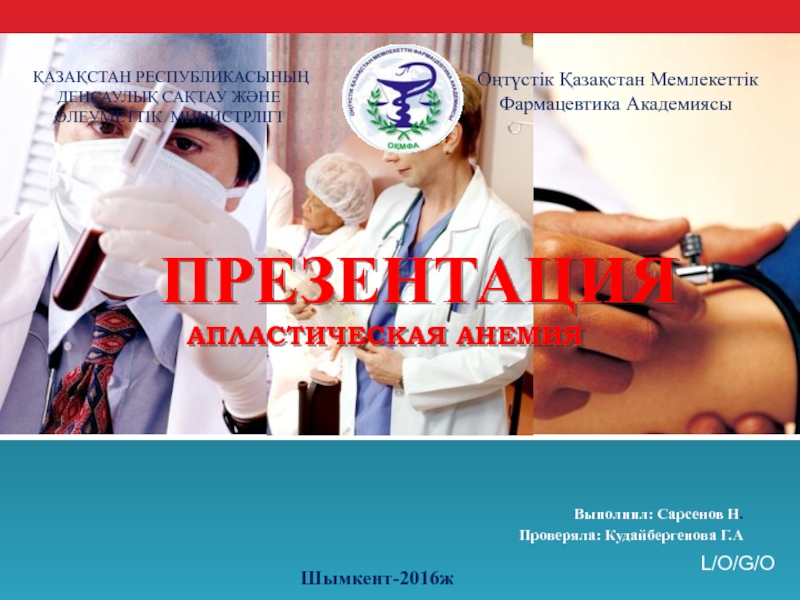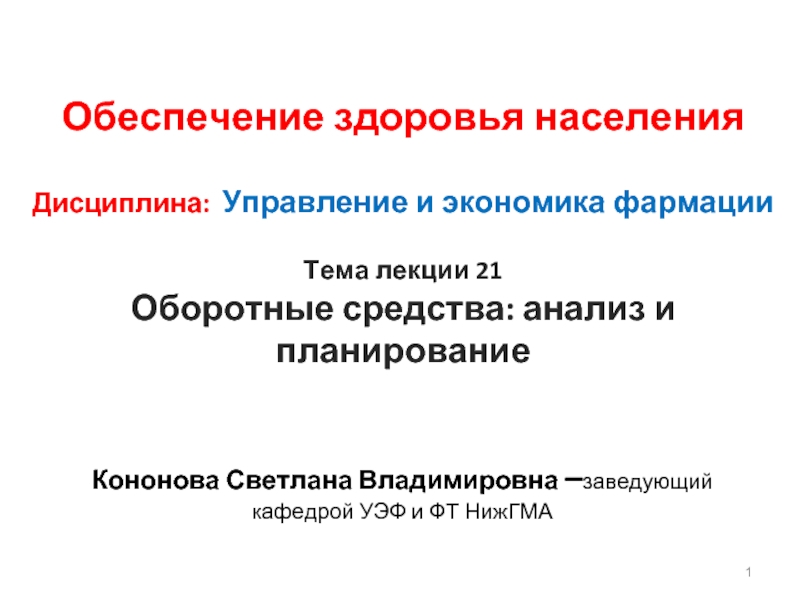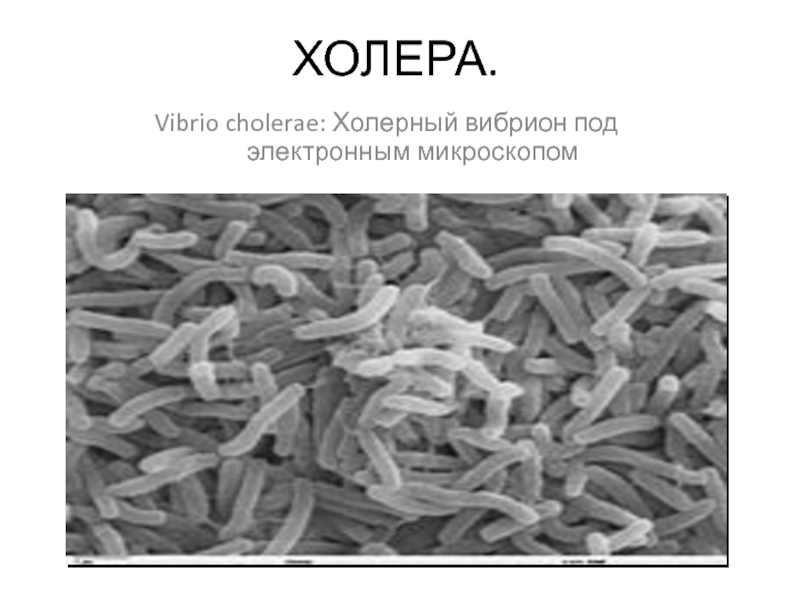- Главная
- Разное
- Дизайн
- Бизнес и предпринимательство
- Аналитика
- Образование
- Развлечения
- Красота и здоровье
- Финансы
- Государство
- Путешествия
- Спорт
- Недвижимость
- Армия
- Графика
- Культурология
- Еда и кулинария
- Лингвистика
- Английский язык
- Астрономия
- Алгебра
- Биология
- География
- Детские презентации
- Информатика
- История
- Литература
- Маркетинг
- Математика
- Медицина
- Менеджмент
- Музыка
- МХК
- Немецкий язык
- ОБЖ
- Обществознание
- Окружающий мир
- Педагогика
- Русский язык
- Технология
- Физика
- Философия
- Химия
- Шаблоны, картинки для презентаций
- Экология
- Экономика
- Юриспруденция
Porcelain mass. Ceramics презентация
Содержание
- 1. Porcelain mass. Ceramics
- 2. DEFINITION By definition, the encyclopedia (Encyclopedic Dictionary,
- 3. History preview Chinese porcelain. Unlike in Europe,
- 4. The use of porcelain in dentistry
- 5. Currently, more properly use a common term-
- 6. Indications for use ceramics 1. Production of
- 7. Classification Classification is based on the division
- 8. I. По материалу для изготовления керамического каркаса
- 9. II. По технологии изготовления: 1. Традиционная
- 10. 3. Прессованная керамика (pressable ceramics): а)
- 11. 5. Механически обрабатываемая керамика (machinable ceramics):
- 12. III. По признакам общего пользовательского алгоритма и
- 13. Преимущества керамических конструкций Основными достоинствами современных видов
- 14. Недостатки керамических конструкций — повышенную по сравнению
- 15. Stomatological porcelain Porcelain - ceramic
- 16. Porcelain belongs to the group of materials
- 17. The content of the initial components in the household and dental porcelain masses:
- 18. According to the purpose of porcelain masses
- 19. For factory-made standard porcelain crowns and porcelain blanks for tabs
- 20. For facing-cast metal skeletons of fixed dentures (crowns, bridges).
- 21. For veneers
- 22. Characteristics of porcelain mass components KAOLIN
- 23. Feldspar - anhydrous aluminosilicate is potassium,
- 24. Quartz - a mineral anhydrite, silica. Quartz
- 25. DYES stained porcelain mass in different colors,
- 26. Formula base porcelain recipe: K2O, AL2O3, 6SIO2
- 27. Ceramic mass must meet a number
- 28. The physical features include a
- 29. The main structural elements of porcelain:
- 30. Process steps of obtaining dental porcelain and its structure
- 31. Modern dental porcelain on firing temperature is
- 32. The composition of the refractory, and the low-melting medium meltability porcelain (%)
- 33. Refractory porcelain factory is typically used for
- 34. Optical properties of porcelain are one of
- 35. Porcelain optical effect similar to that of
- 36. The main indicators of the
- 37. denture fabrication technology When you create
- 38. Vacuum furnace for dental ceramic firing.
- 39. Ceramics Ceramic is an inorganic, non-metallic solid
- 40. In its microstructure of ceramics divided into:
- 41. properties of ceramics The physical properties
- 42. Керамические материалы имеют кристаллическую или частично кристаллическую
- 43. Классификация современной стоматологической керамики всю стоматологическую керамику
- 44. Виды зубных протезов из керамики
- 45. Классификация современной стоматологической керамики Стандартные фарфоровые коронки
- 46. Керамическая коронка
- 47. Металлокерамика
- 48. В настоящее время в ряде индустриальных
- 49. Цельнокерамические зубные протезы можно получать самыми
- 50. Современные технологии изготовления цельнокерамических зубных протезов
- 51. CAD/CAM - системы, основанные на применении высоких
- 52. Ситаллы Ситаллы - это светлокристаллические материалы, состоящие
- 53. СОСТАВ: ситаллы содержат большое количество кристаллов, которые
- 54. Конструкции из ситаллов более выносливы к нагрузкам
Слайд 2DEFINITION
By definition, the encyclopedia (Encyclopedic Dictionary, M., "Soviet Encyclopedia"., 1985), the
word "ceramics" comes from the Greek ceramics - pottery (cer- amos-clay).
By ceramic materials and products include, sintered clay, and mixtures thereof with mineral additives, as well as oxides and other inorganic compounds.
Porcelain - is a white translucent (transparent) ceramics, which fired up the glazed state.
By ceramic materials and products include, sintered clay, and mixtures thereof with mineral additives, as well as oxides and other inorganic compounds.
Porcelain - is a white translucent (transparent) ceramics, which fired up the glazed state.
Слайд 3History preview
Chinese porcelain. Unlike in Europe, ceramic products made in China
as early as 100 BC
Слайд 4 The use of porcelain in dentistry dates back to 1774, when
a French pharmacist, Alexis stifled, thought it possible to replace the ivory in the manufacture of dentures to porcelain.
Ivory, being porous, absorb oral liquid, because this took dingy color and becomes unhygienic. Strangled by porcelain manufacturers Guerhard plant in Saint-Germain, failed to produce a first porcelain dentures
Ivory, being porous, absorb oral liquid, because this took dingy color and becomes unhygienic. Strangled by porcelain manufacturers Guerhard plant in Saint-Germain, failed to produce a first porcelain dentures
Слайд 5Currently, more properly use a common term- dental ceramics, while the
dental porcelain is only one of the groups in this class of materials.
Слайд 6
Indications for use ceramics
1. Production of all-ceramic crowns.
2. Production of all-ceramic crowns on
dental implants.
3. Production of ceramic veneers.
3. Production of ceramic veneers.
Слайд 7Classification
Classification is based on the division proposed by different authors [Probster
L., 2000; Kazunobu Yamada, 2004; Blatz M. V., 2002; Rosenblum MA, Schulman A., 1997]. Ceramic system can be divided [Zhulev EN, DN Yakovlev, 2010]
Слайд 8I. По материалу для изготовления керамического каркаса искусственной коронки: а) на основе иттриевого
стекла;
б) на основе оксида циркония;
в) алюмооксидная керамика;
г) керамика на основе полимеров (керамеры);
д) керамика на основе дисиликата лития (полевошпатная керамика).
Слайд 9II. По технологии изготовления:
1. Традиционная порошковая керамика (conventional powder slurry ceramics)
а)
вакуумный обжиг керамики на платиновой фольге
б) обжиг керамических каркасов на огнеупорной модели с последующей облицовкой (керамика на основе упрочненных алюмооксидных каркасов 2. Литая керамика (castable ceramics):
а) изготовления керамических протезов по выплавляемым моделям с последующим обжигом (ситаллизация)
б) литье керамических каркасов по восковой модели с последующим обжигом и облицовкой
б) обжиг керамических каркасов на огнеупорной модели с последующей облицовкой (керамика на основе упрочненных алюмооксидных каркасов 2. Литая керамика (castable ceramics):
а) изготовления керамических протезов по выплавляемым моделям с последующим обжигом (ситаллизация)
б) литье керамических каркасов по восковой модели с последующим обжигом и облицовкой
Слайд 103. Прессованная керамика (pressable ceramics):
а) прессование расплавленной керамики по восковой модели
с последующим обжигом
4. Импрегнированная (инфильтрованная) керамика (infiltrated ceramics)
а) шликерная технология изготовления
а) шликерная технология изготовления
Слайд 115. Механически обрабатываемая керамика (machinable ceramics):
а) компьютерное фрезерование каркаса при копировании
восковой модели с последующим обжигом и облицовкой
б) изготовление керамического каркаса с использованием электрофореза с последующим обжигом и облицовкой
в) сканирование модели (оттиска), фрезерование каркаса из «твердой» керамики по компьютерной программе
г) сканирование модели (оттиска), фрезерование каркаса из необожженной керамики по компьютерной программе с последующим обжигом
д) сканирование модели (оттиска), компьютерное моделирование протеза, прессование, обжиг керамического каркаса, облицовка
б) изготовление керамического каркаса с использованием электрофореза с последующим обжигом и облицовкой
в) сканирование модели (оттиска), фрезерование каркаса из «твердой» керамики по компьютерной программе
г) сканирование модели (оттиска), фрезерование каркаса из необожженной керамики по компьютерной программе с последующим обжигом
д) сканирование модели (оттиска), компьютерное моделирование протеза, прессование, обжиг керамического каркаса, облицовка
Слайд 12III. По признакам общего пользовательского алгоритма и компоновке аппаратного обеспечения CAD/CAM: а)
централизованные макросистемы (Procera, Decim);
б) индивидуальные минисистемы (DigiDENT, Сerec);
в) индивидуальные микросистемы (Dental CAD/CAM-GN1).
б) индивидуальные минисистемы (DigiDENT, Сerec);
в) индивидуальные микросистемы (Dental CAD/CAM-GN1).
Слайд 13Преимущества керамических конструкций
Основными достоинствами современных видов керамических протезов, на которые указывают
производители и специалисты, являются [Хайненберг Б. Й., 2002; Leinfelder К. F., 2000; van Noort R., 2002]:
— стабильность, формы;
— отсутствие возможных обнажений металла (особенно на маргинальных поверхностях);
— высокая эстетика;
— цветовая устойчивость;
— малая теплопроводность (коэффициент термического расширения аналогичен — эмали и дентину);
— стираемость, сравнимая со стираемостью натуральной эмали;
— инертность и нерастворимость в жидкостях ротовой полости;
— малая склонность к образованию налета;
— полная биосовместимость;
— отсутствие эффекта гальванизма.
Слайд 14Недостатки керамических конструкций
— повышенную по сравнению с металлокерамикой стоимость лечения;
— ограниченную
протяженность протезов (в первую очередь мостовидных).
Слайд 15
Stomatological porcelain
Porcelain - ceramic product obtained by firing porcelain paste prepared
from main components - kaolin, feldspar, quartz and dyes.
Слайд 16Porcelain belongs to the group of materials of a mixture containing
clay material (the word "ceramic" comes from the Greek "KERAMOS." - Potting clay).
In this mixture of kaolin clay as a material plays a major role binder bonding filler particles - quartz. Both of these materials form solid base porcelain, whose individual grains during sintering cemented third element - feldspar.
In this mixture of kaolin clay as a material plays a major role binder bonding filler particles - quartz. Both of these materials form solid base porcelain, whose individual grains during sintering cemented third element - feldspar.
Слайд 18According to the purpose of porcelain masses are the starting material
for:
prefabricated standard artificial teeth
prefabricated standard artificial teeth
Слайд 22Characteristics of porcelain mass components
KAOLIN - white or light-colored clay, which
is contained in a porcelain weight from 3 to 65%.
The greater the kaolin in the mixture, the lower the transparency and the higher the firing temperature of the porcelain mass.
The main part of kaolin (99%) is an aluminosilicate - kaolinite. Its melting temperature is 1800 C.
By increasing the content of kaolin increased firing temperature of the porcelain mass. Kaolin has an effect on the mechanical strength and thermal resistance porcelain.
The greater the kaolin in the mixture, the lower the transparency and the higher the firing temperature of the porcelain mass.
The main part of kaolin (99%) is an aluminosilicate - kaolinite. Its melting temperature is 1800 C.
By increasing the content of kaolin increased firing temperature of the porcelain mass. Kaolin has an effect on the mechanical strength and thermal resistance porcelain.
Слайд 23 Feldspar - anhydrous aluminosilicate is potassium, sodium or calcium. The melting
point is equal to its 1180-1200 c.
At high temperatures, feldspar development provides a vitreous phase in which to dissolve other components (quartz, kaolin).
The glassy phase weight impart plasticity during firing and associated components. Feldspar creates brilliant glazed surface of the teeth after firing.
When it turns into a melted viscous glassy amorphous mass. The more feldspar (and quartz) blend, the weight of transparent porcelain after firing.
At high temperatures, feldspar development provides a vitreous phase in which to dissolve other components (quartz, kaolin).
The glassy phase weight impart plasticity during firing and associated components. Feldspar creates brilliant glazed surface of the teeth after firing.
When it turns into a melted viscous glassy amorphous mass. The more feldspar (and quartz) blend, the weight of transparent porcelain after firing.
Слайд 24Quartz - a mineral anhydrite, silica. Quartz refractory, its melting temperature
is 1710c.
It strengthens the ceramic product, gives it greater hardness and chemical resistance. Quartz reduces shrinkage and reduces the brittleness of the product.
In the firing process, quartz (silica) increases the viscosity of the molten feldspar.
At temperatures 870-1470 c quartz increases in volume by 15.7%, thereby reducing shrinkage of the porcelain mass.
The porcelain paste composition for making dental quartz administered in an amount of 25-32%.
It strengthens the ceramic product, gives it greater hardness and chemical resistance. Quartz reduces shrinkage and reduces the brittleness of the product.
In the firing process, quartz (silica) increases the viscosity of the molten feldspar.
At temperatures 870-1470 c quartz increases in volume by 15.7%, thereby reducing shrinkage of the porcelain mass.
The porcelain paste composition for making dental quartz administered in an amount of 25-32%.
Слайд 25DYES stained porcelain mass in different colors, typical of natural teeth.
Usually dyes are metal oxides (titanium dioxide, manganese oxide, chromium, cobalt, zinc, etc.).
Smooth (fluxes) - substances lowering the melting temperature porcelain paste (sodium carbonate, calcium carbonate, etc.).
Plasticizers - in porcelain masses, not containing kaolin. The role of plasticizers operate organic compound (dextrin, starch, sugar) that fully burn out during firing.
Aniline dyes - to facilitate the simulation of porcelain teeth weight powders stained with aniline dyes, which are plasticizers and organic, completely burn out during the firing of porcelain.
Smooth (fluxes) - substances lowering the melting temperature porcelain paste (sodium carbonate, calcium carbonate, etc.).
Plasticizers - in porcelain masses, not containing kaolin. The role of plasticizers operate organic compound (dextrin, starch, sugar) that fully burn out during firing.
Aniline dyes - to facilitate the simulation of porcelain teeth weight powders stained with aniline dyes, which are plasticizers and organic, completely burn out during the firing of porcelain.
Слайд 27 Ceramic mass must meet a number of requirements, which can be
divided into four groups:
physical,
biological,
technological,
aesthetic.
physical,
biological,
technological,
aesthetic.
Слайд 28
The physical features include a shear strength, compression, bending;
biological
- non-toxicity, lack allergic components;
to technology - the absence of inclusions and the coefficient of thermal expansion of the casting must conform to a metal base;
to the aesthetic - the transparency, color fastness, luminescence.
to technology - the absence of inclusions and the coefficient of thermal expansion of the casting must conform to a metal base;
to the aesthetic - the transparency, color fastness, luminescence.
Слайд 29
The main structural elements of porcelain:
glassy isotropic mass, consisting of
field spar glass with varying degree of saturation
2 undissolved particles in melted quartz glass
3. mullite crystals dispersed in molten silica glass field
4. pores.
2 undissolved particles in melted quartz glass
3. mullite crystals dispersed in molten silica glass field
4. pores.
Слайд 31Modern dental porcelain on firing temperature is classified
refractory (1300-1370°С)
fusible (1090-1260°С)
low-melting
(870-1065°С).
Слайд 33Refractory porcelain factory is typically used for the manufacture of artificial
teeth for fixed prosthesis.
Medium melt ability and low-melting porcelains are used for the manufacture of crowns, inlays and bridges.
The use of low-melting porcelains and medium melt ability allowed to apply the kiln with nickel chrome and other heaters.
Medium melt ability and low-melting porcelains are used for the manufacture of crowns, inlays and bridges.
The use of low-melting porcelains and medium melt ability allowed to apply the kiln with nickel chrome and other heaters.
Слайд 34Optical properties of porcelain are one of the main advantages of
artificial teeth.
Natural tooth crown translucent, but not transparent as glass.
This is explained by the fact that along with the absorption of light transparency is expressed by diffusely scattered and transmitted light.
Light consists of waves of different lengths, falling on the surface of the tooth, can be absorbed, reflected and refracted.
Natural tooth crown translucent, but not transparent as glass.
This is explained by the fact that along with the absorption of light transparency is expressed by diffusely scattered and transmitted light.
Light consists of waves of different lengths, falling on the surface of the tooth, can be absorbed, reflected and refracted.
Слайд 35Porcelain optical effect similar to that of natural teeth in those
cases when it is possible to find the right balance between the vitreous china and opacifiers.
Normally, this prevents a large number of air voids and opacifying action crystals.
Reducing crystalline inclusions leads to increased product deformations during firing and a decrease in strength of porcelain.
Normally, this prevents a large number of air voids and opacifying action crystals.
Reducing crystalline inclusions leads to increased product deformations during firing and a decrease in strength of porcelain.
Слайд 36
The main indicators of the strength of porcelain are:
Tensile strength
Compressive
strength in bending.
Слайд 37
denture fabrication technology
When you create crowns, inlays, bridges porcelain powder is
mixed with water to a consistency of a thick slurry, then the slurry is applied to a porcelain matrix prepared from a platinum foil or a refractory model for making tabs or directly on the wall metal at a metal porcelain non-removable prostheses.
Then the product is mounted on a ceramic tray, dried in a vacuum oven inlet, the product is introduced into a furnace and roasting is performed according to the set mode.
Then the product is mounted on a ceramic tray, dried in a vacuum oven inlet, the product is introduced into a furnace and roasting is performed according to the set mode.
Слайд 39Ceramics
Ceramic is an inorganic, non-metallic solid material obtained in the course
of the heating components under the influence of high temperatures and subsequent cooling.
The ceramic composition consists of nitrides, carbides, metal oxides, borides, as well as various combinations and mixtures of these components.
The ceramic composition consists of nitrides, carbides, metal oxides, borides, as well as various combinations and mixtures of these components.
Слайд 40In its microstructure of ceramics divided into:
coarse (of 5 to
zo% of the pores)
a highly porous (more than 30% of the pores)
thin (less than 5% of the pores)
a highly porous (more than 30% of the pores)
thin (less than 5% of the pores)
Слайд 41
properties of ceramics
The physical properties of the crystallites are determined by:
the size and shape (anisotropy),
crystallites connection between the nature of the crystallites,
then presence of liquid phases
Слайд 42Керамические материалы имеют кристаллическую или частично кристаллическую структуру, но могут быть
и аморфным).
Большинство стоматологических керамических материалов в своем составе имеют, по крайне мере, несколько кристаллических компонентов, то ее определяют как неорганическую кристалл-содержащую субстанцию.
Большинство стоматологических керамических материалов в своем составе имеют, по крайне мере, несколько кристаллических компонентов, то ее определяют как неорганическую кристалл-содержащую субстанцию.
Слайд 43Классификация современной стоматологической керамики
всю стоматологическую керамику можно разделить на три категории
в зависимости от системы упрочнения:
♦ керамика с упрочненным керамическим каркасом;
♦ керамика для фиксации полимерными адгезивами;
♦ металлокерамика.
♦ керамика с упрочненным керамическим каркасом;
♦ керамика для фиксации полимерными адгезивами;
♦ металлокерамика.
Слайд 45Классификация современной стоматологической керамики
Стандартные фарфоровые коронки
Фарфоровые вкладки из стандартных заготовок
Комбинация фарфора
с металлами (металлокерамика)
Veneers
Veneers
Слайд 48
В настоящее время в ряде индустриальных стран проходит бурное развитие высоких
технологий, связанных с производством керамических изделий. Некоторые из последних достижений химической технологии керамики были внедрены в зуботехнические лаборатории.
Слайд 49
Цельнокерамические зубные протезы можно получать самыми разнообразными методами, начиная от литья
и заканчивая фрезерной обработкой керамических блоков по компьютерной программе (CAD/CAM). С помощью одних методов можно изготовить только микропротезы (вкладки, накладки, виниры) и одиночные коронки, другие позволяют создать зубные протезы большей протяженности
Слайд 51CAD/CAM - системы, основанные на применении высоких технологий (Computer Aided Design/Computer
Aided Manufacturing - компьютерное моделирование/компьютерное управление процессом изготовления): Cerec, Siemens, Германия; Duret Sopha Bioconcept, США; DCS President Швейцария. Изделия изготавливаются методом фрезерной обработки керамических блоков по компьютерной программе. Самая известная из систем CAD/CAM Procera (Швеция) предназначена для цельнокерамического каркаса, представляющего собой плотно спеченную керамику с высоким содержанием высокочистого оксида алюминия, который облицовывают низкотемпературным фарфором All Ceram.
Слайд 52Ситаллы
Ситаллы - это светлокристаллические материалы, состоящие из одной или нескольких кристаллических
фаз, равномерно распределенных в стекловидной фазе.
Слайд 53СОСТАВ: ситаллы содержат большое количество кристаллов, которые связаны между собой межкристаллической
прослойкой.
Степень закристаллизованности и вид кристаллической фазы (кордиерит, сподумен, дисиликат лития) определяют основные физико-механические свойства ситаллов: прочность, упругость, хрупкость, твердость.
Прочность характеризует свойство ситалла сопротивляться разрушающей внешней нагрузке. В зависимости от вида статической нагрузки различают предел прочности при растяжении, сжатии, изгибе, ударе, кручении.
Степень закристаллизованности и вид кристаллической фазы (кордиерит, сподумен, дисиликат лития) определяют основные физико-механические свойства ситаллов: прочность, упругость, хрупкость, твердость.
Прочность характеризует свойство ситалла сопротивляться разрушающей внешней нагрузке. В зависимости от вида статической нагрузки различают предел прочности при растяжении, сжатии, изгибе, ударе, кручении.
Слайд 54Конструкции из ситаллов более выносливы к нагрузкам на сжатие, чем на
изгиб.
Превращение стекла в ситалл происходит при специальной термической обработке в процессе которой наблюдаются зарождение центров кристаллообразования и рост кристаллов. Кристаллизационная способность стекол зависит от состава и количества выведенных инициаторов кристаллизации.
Превращение стекла в ситалл происходит при специальной термической обработке в процессе которой наблюдаются зарождение центров кристаллообразования и рост кристаллов. Кристаллизационная способность стекол зависит от состава и количества выведенных инициаторов кристаллизации.
